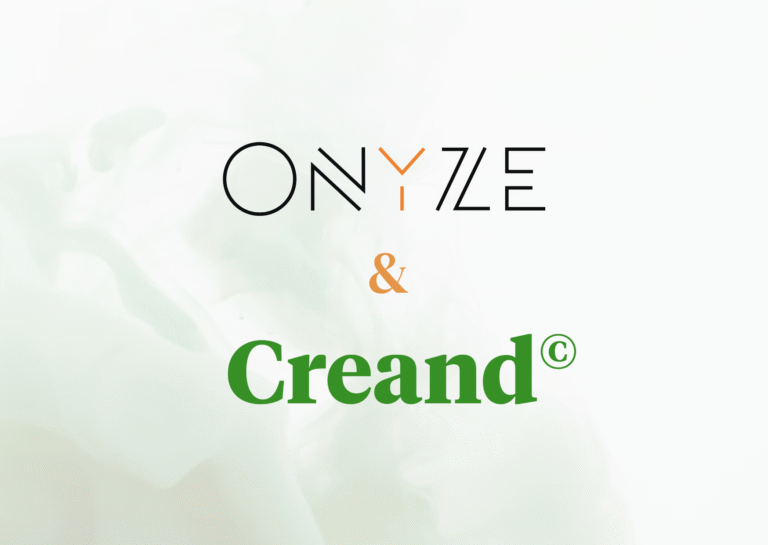Distributed Ledger Technologies (DLTs) mark a revolutionary milestone in information storage and management, establishing an innovative paradigm characterized by security, transparency, and efficiency in data management. These technologies enable the creation of distributed ledgers in which transactions are recorded simultaneously in multiple locations, eliminating the need for a central, trusted entity.
DLTs have a wide range of configurations that vary according to the level of decentralization, access, and control. These configurations can be classified according to whether they are permissioned or permissionless, and whether they are public or private in nature.
Understanding the diversity and potential of these technologies is essential for developers and organizations to select the most appropriate tool. This understanding unlocks new opportunities and enables digital transformation across industries, leveraging the specific strengths of each type of DLT to meet the demands of today’s increasingly digital and connected world. The debate over whether to choose public or private, permissioned or permissionless systems is not just a technical one, but a reflection of the philosophy behind how data should be shared and managed in our society.
DLT Permissionless
Permissionless DLT systems are characterized by their public structure, which does not restrict participation based on identity or prior authorization. These systems foster a model of deep decentralization, where there is no central authority controlling who can or cannot join the network. The characteristics of this model are detailed below:
- Public accessibility: anyone with Internet access can participate in the network, either by contributing to the consensus process, conducting transactions, or developing applications on the platform. This fosters global inclusion and eliminates barriers to entry.
- Anonymity and pseudonymity: Users can interact on the network without having to reveal their real identity. This is achieved through public addresses or keys that act as pseudonyms..
- Censorship resistance: With no central point of control, it is difficult for any entity or group of entities to censor or block specific transactions. This ensures that all voices can be heard and all transactions are possible.
- Distributed security: Network security and integrity are maintained through distributed consensus. This means that transaction validation is done through a collective process.
Below are a few examples of this category:
- Bitcoin (Blockchain): The Bitcoin blockchain is a type of distributed ledger consisting of growing lists of records (blocks) securely linked by cryptographic hashes. Each block contains a hash of the previous block, a timestamp and transaction data, usually represented as a Merkle tree. Since each block incorporates information from the previous block, they form a chain, making transactions irreversible; once recorded, data cannot be modified without altering all subsequent blocks.
- Radix (Cerberus): Cerberus, developed by Radix, is a protocol that improves the scalability of DLT networks through the use of sharding. It divides transaction processing and state management into segments called shards, each of which runs a Byzantine fault-tolerant consensus (BFT) algorithm to order transactions and maintain local state. To execute transactions across multiple shards, Cerberus implements an inter-shard communication mechanism that enables low overhead coordination using UTXO-based sharding.
- Hedera (Hashgraph): Hedera’s Hashgraph is a DAG-based DLT technology that differs from both blockchain and IOTA’s Tangle project. It uses a gossip protocol to distribute transaction information to all nodes in the network, and a proof-of-stake consensus to validate transactions. This approach efficiently addresses the scalability and energy consumption issues associated with blockchain. In addition, Hedera stands out for its focus on governance, regulatory compliance, and the prevention of forks that could compromise the integrity of the network. In its white paper, Hedera presents itself as a versatile platform capable of supporting a wide range of applications, from cryptocurrencies to smart contracts, providing an infrastructure on which different applications can be built and modified, either privately or as open source to the community.
- Holochain: Holochain introduces an innovative approach to distributed ledger using Distributed Hash Tables (DHT). Each node independently maintains and builds its transaction history, then shares fragments of that history with other nodes for validation. This method allows for a secure, scalable, and efficient system without the need for global consensus on a single transaction history. Importantly, it allows nodes to withdraw the data they have shared, giving each node sovereign control over its information. This ensures privacy and facilitates the exercise of the right to be forgotten without external intervention, providing users with greater autonomy and control over their data.
DLT Permissioned
There are two main types of permissioned DLTs: private, where access to the ledger is restricted to certain authorized entities, and public, where the ledger can be viewed by anyone, but only certain authorized entities can make transactions or changes.
Permissioned private
Permissioned private ledgers are a specific category of distributed ledger technology (DLT) designed for environments where privacy, security, and control over access and transactions are critical. Unlike permissionless systems, where anyone can participate without restriction, permissioned private ledgers require participants to be explicitly authorized by a network administrator or established governance mechanism. Learn more about their features, benefits, and applications:
- Access Control: Access to the network is limited to verified and authorized entities, enabling more secure management of information and transactions. This control extends to reading, writing, and participating in network consensus.
- Enhanced privacy: By restricting access, these ledgers can ensure that sensitive information is available only to those with appropriate privileges, enabling privacy and confidentiality requirements to be met.
- Data verification efficiency: Because the number of participants in the consensus process is smaller and well-defined, permissioned private ledgers can achieve greater efficiency in data verification and transaction processing, potentially reducing latency.
- Customization and flexibility: These systems allow greater flexibility in network configuration, consensus policies, and transaction processing, making them suitable for a wide range of business and industry applications.
Below are a few examples of this category: - Hyperledger is presented as an alternative to public DLTs, focusing on security and privacy through the use of electronic certificates for each user and node, issued by a Certificate Authority. This method is based on public key infrastructure (PKI), as opposed to the elliptic curve signatures used by Bitcoin and Ethereum, which have significant legal differences. Users’ identities are authenticated by the Membership Service Provider, which ensures that each user has the necessary permissions according to the channel configuration. Hyperledger introduces privacy into the network through private information collections and allows the configuration of private networks, although this may reduce decentralization, a fundamental aspect of public DLTs.
- Corda: R3 Corda takes a “shared ledger” approach, meaning there is no central database to which all users must connect. Each user maintains its own copy of the ledger and updates it with the latest transactions. Transactions are shared only with the parties involved, ensuring privacy and confidentiality. Corda is therefore a DLT platform designed specifically for financial services, with a shared ledger approach and the use of smart contracts to automate transactions.
Permissioned public
Permissioned public ledgers restrict writing to the ledger to authorized entities, but allow anyone to view the content. This approach combines aspects of transparency with control over who can add new data. Example:
- Ripple (XRP): Although Ripple operates a global payment network used primarily for fast and inexpensive transactions, it is more akin to a permissioned public blockchain. This is because while its ledger is public and anyone can download and view it, transaction validation is limited to nodes pre-approved by Ripple Labs, meaning that not everyone can participate in the consensus process without permission.
Conclusion
As we have seen throughout this article, distributed ledger technologies (DLTs) offer a broad and diverse range of applications that are revolutionizing the way we store, manage, and validate information.
This classification therefore shows the spectrum of DLTs, from highly decentralized and public systems to those with significant levels of control and restricted access. The choice between these systems depends on specific needs for security, scalability, transparency, and control. While permissionless platforms encourage public participation and resistance to censorship, permissioned platforms offer solutions tailored to specific business or industry needs where confidentiality, identity verification, and consensus efficiency are critical.
Want to learn more about DLT technology? Don’t miss these resources!
- Exploring the blockchain technology
- The ultimate guide to the Bitcoin blockchain: Understanding how it works and its potential
- Ethereum and its evolution towards Ethereum 2.0
- Qubic: Integrating DLT and Artificial Intelligence
At Block&Capital, experts in IT recruitment in Spain, the UK, the USA, and Andorra, we connect companies with exceptional tech talent. Our mission is to create opportunities where growth and success are within everyone’s reach. Contact us today to find the right IT talent for your company.
Last posts





